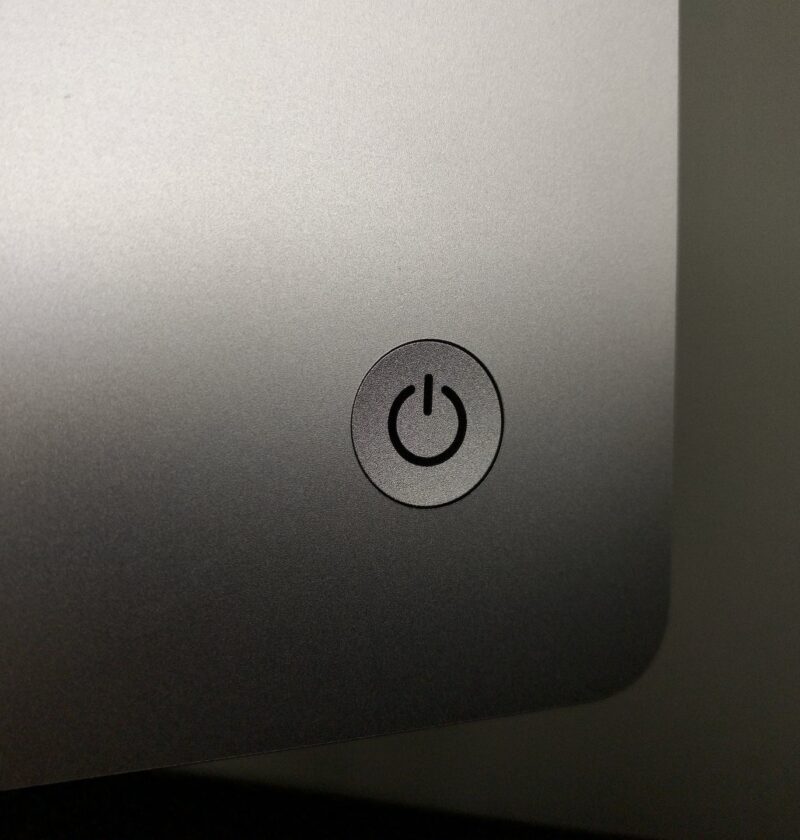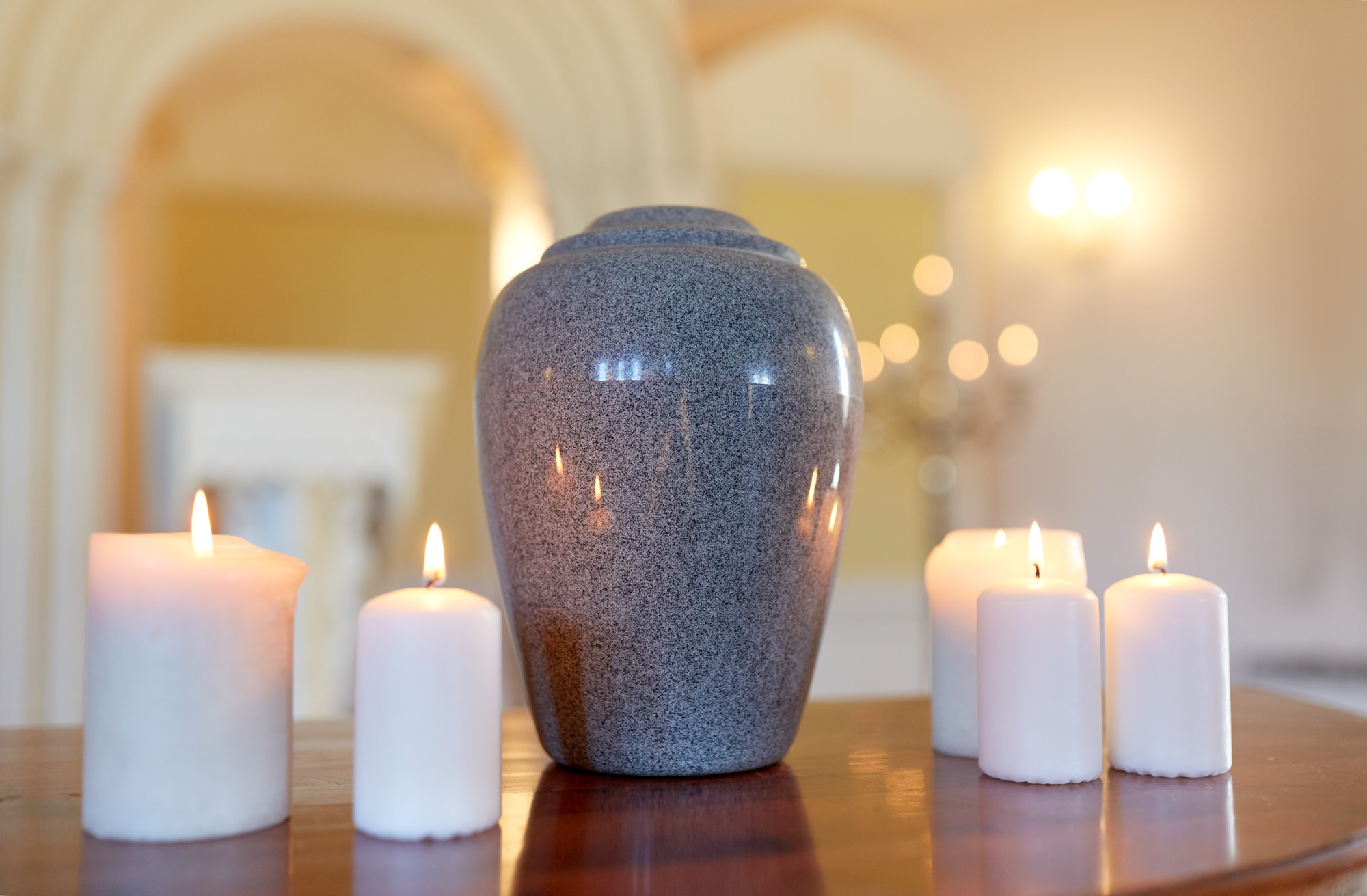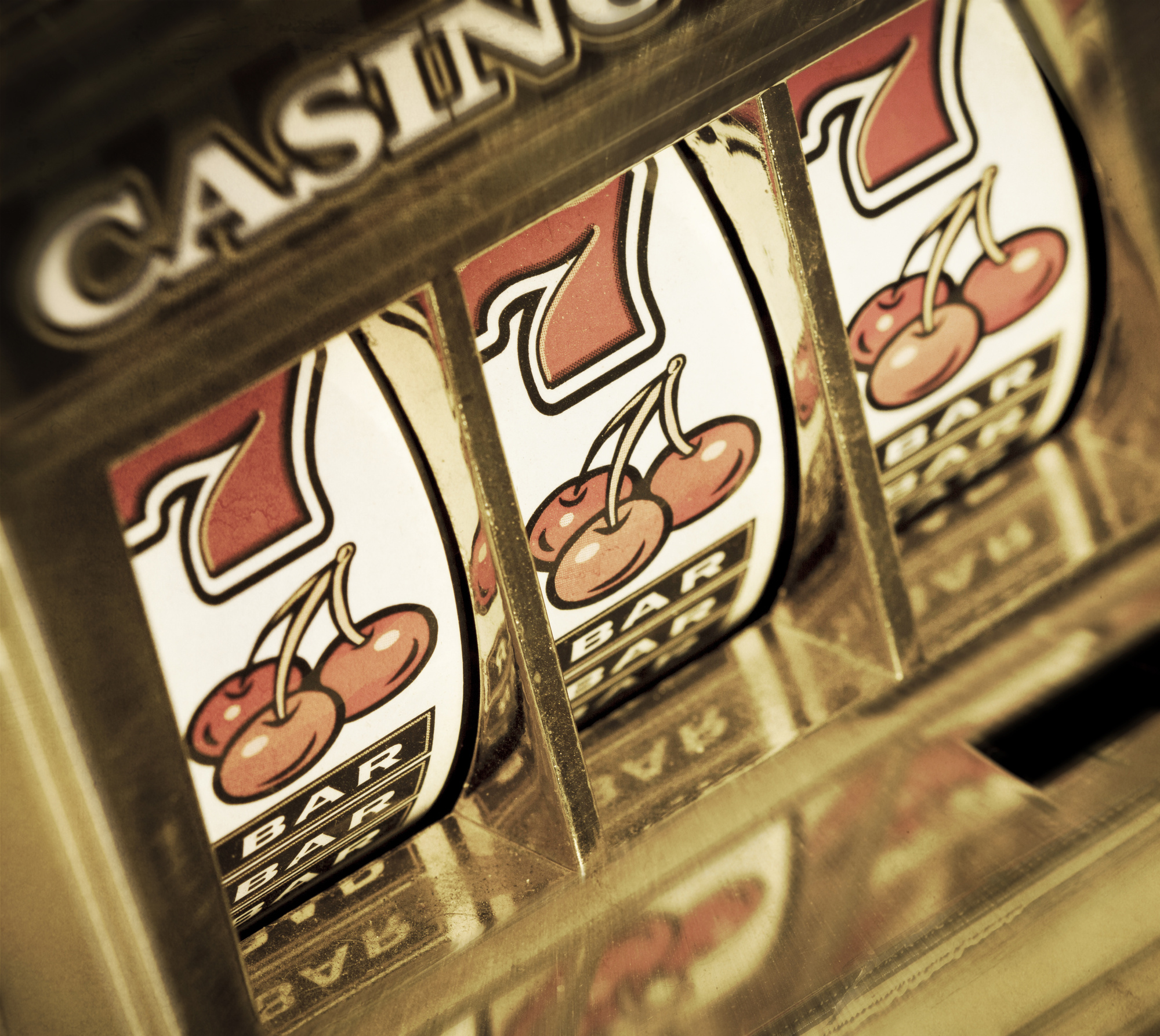In the age of smartphones, constant connectivity, and digital demands, finding a balance between technology and personal well-being has become more challenging than ever. The constant barrage of notifications, emails, and social media updates can leave us feeling overwhelmed and drained. As people navigate this digital landscape, it becomes crucial to adopt strategies that allow them to unplug, recharge, and reclaim their sense of balance and presence in the modern world.
Establishing Digital Boundaries
Setting clear boundaries is one of the first steps in regaining control over our digital lives. Turning off non-essential notifications on our devices can significantly reduce the constant interruptions that pull us into the digital realm. By being intentional about which apps and platforms are allowed to send notifications, we regain a measure of control over our time and attention.
Designating Tech-Free Zones
Designing specific areas or times as tech-free zones can be a powerful strategy in a world where screens dominate our attention. Whether it’s the dining table during meals, the bedroom before bedtime, or when you’re indulging in a custom box of chocolates, having spaces where digital devices are off-limits helps create opportunities for meaningful connections, relaxation, and uninterrupted focus on non-digital activities.
Scheduled Digital Detox
Consider incorporating scheduled digital detox periods into your routine. This could be a weekend retreat, a day without screens, or even a few hours each evening. During these breaks, disconnect from the virtual world and engage in activities that bring joy, relaxation, and a sense of fulfillment. Whether it’s reading a book, going for a nature walk, or spending quality time with loved ones, these intentional breaks allow for mental rejuvenation.
Mindful Social Media Consumption
While social media can be a valuable tool for connection, it’s essential to approach it mindfully. Instead of mindlessly scrolling through endless feeds, consider setting a specific time limit for social media use. Additionally, curate your online space by following inspiring and uplifting accounts, fostering a more positive and intentional digital environment.
Unplugged Hobbies
In the quest to unplug, rediscovering analog hobbies can be a refreshing change. Whether it’s picking up a physical book, engaging in a craft, or playing a musical instrument, analog activities provide a break from screens and offer a tangible, sensory experience. These hobbies offer a respite from the digital world and contribute to personal growth and well-being.
Prioritizing Face-to-Face Interactions
In the era of virtual communication, the value of face-to-face interactions cannot be overstated. Make a conscious effort to prioritize in-person connections. Whether it’s a coffee date with a friend, a family dinner, or attending social events, real-world interactions contribute to a deeper sense of connection and fulfillment.
Reflection and Evaluation
Regularly reflecting on digital habits and their impact on well-being is crucial. Assess the amount of time spent online, the emotional responses triggered by digital interactions, and the overall satisfaction derived from the virtual world. This self-awareness allows for adjustments and the continuous refinement of strategies to ensure a healthier relationship with technology.
Conclusion
In the fast-paced digital age, adopting strategies for unplugging is not a luxury but a necessity. Establishing digital boundaries, creating tech-free zones, scheduling digital detox periods, approaching social media mindfully, embracing unplugged hobbies, prioritizing face-to-face interactions, and reflecting on digital habits are powerful tools in navigating the modern landscape with intentionality and balance. By incorporating these strategies, we can reclaim control over our digital lives, fostering a healthier and more fulfilling relationship with technology.
Top of Form







